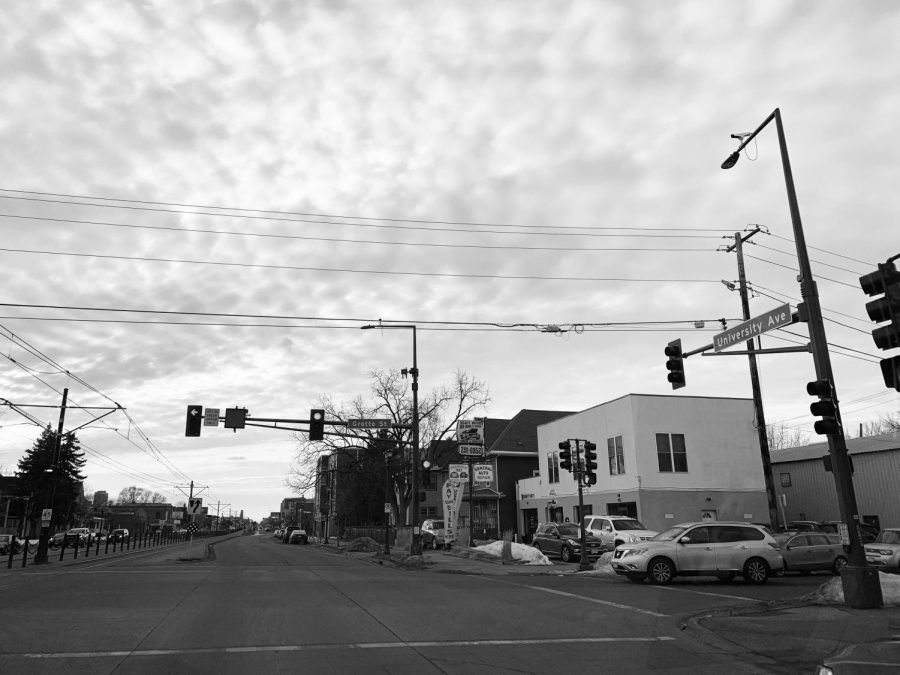The resurrection of Rondo
Decades after Interstate 94 ran itself through the Rondo neighborhood, a land bridge could be built to reconnect the neighborhood.
Emily Lall
The Rondo neighborhood was drastically changed
with the construction of Interstate 94 from 1956 and 1968. Reconnect Rondo is now seeking the state funds to create a land bridge over I-94 to help rebuild the community.
March 17, 2021
The Rondo neighborhood in St. Paul was demolished around 60 years ago with the construction of Interstate 94, which systematically disenfranchised its many residents. The action displaced hundreds of families and businesses. However, a nonprofit organization called Reconnect Rondo has been seeking out $6 million in state funds in order to build the land bridge over I-94. The organization has worked with Urban Land Institute to build their proposal for the state government to allot the funds to set right the policies that have destroyed the neighborhood.
The Urban Land Institute originally wrote a study in 2018 that stated that Black and Indigenous businesses would find greater success and accessibility with the creation of the land bridge. The Reconnect Rondo initiative testified to these statistics during a 2020 virtual meeting of the Minnesota House transportation committee. This act, which would be broken down into two separate pieces of legislation, could potentially heal a community that lost $270 million from its property owners. Supporters argue that this could restore and revive a greater sense of economic viability in the Rondo neighborhood, as well as further connect it to the greater St. Paul area.
The project is currently in its early stages, and the total cost would be $450 million in funding. The initial ask of $6 million would be for the pre-development stages. The project’s outline, seen both on the website and in several news articles, states that Reconnect Rondo is in phase zero of planning. The final phase, phase three, would be tentatively completed by 2026. The bulk of the building would happen during phases one and two, also when the majority of funds are needed from the city.
The land bridge would include more than just a route to the other side of I-94. Affordable housing, green spaces and gardens, a museum, marketplaces and several businesses have all been suggested as components of the new plan.

